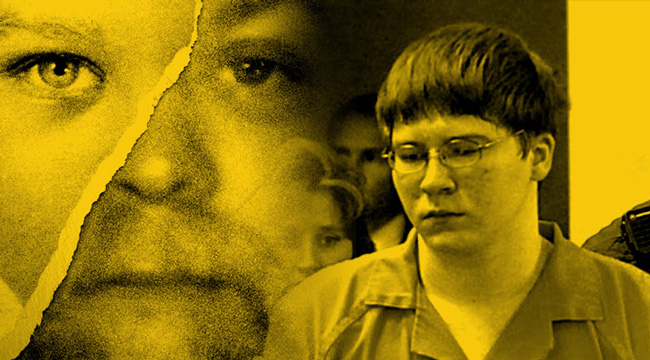
Followers of the hugely popular Netflix documentary series Making A Murderer were dismayed to learn that the U.S. Supreme Court has decided not to hear Brendan Dassey’s appeal for the murder of Teresa Halbach. Dassey and his lawyers have spent the better part of a decade arguing that his confession to the crime was coerced by detectives who took advantage of his age (16 at the time) and IQ (below 70). The Supreme Court’s refusal to hear the case was the last stop for that particular legal argument, which means the confession stands and cannot be challenged again.
That doesn’t mean Dassey is completely out of legal options, though. As it stands, Dassey’s next best hope is that something happens through his uncle/accomplice Steven Avery’s appeal. There’s a pile of evidence linking Avery to the murder of Teresa Halbach, most of it considered controversial by Making A Murderer viewers. If his team is able to prove any of it was planted or manipulated by law enforcement, that would blow both cases right open.
In June of 2017, Avery’s lawyer filed a lengthy 1,272-page motion for a retrial based on new forensic testing. But as it stands, we’re seeing a game of dueling forensic experts with the state’s experts saying one thing and Avery’s team saying another. Add in a technicality that may keep Avery from presenting his evidence because he filed a previous appeal in 2015, and it will be an uphill battle for Avery’s lawyer to even get a judge to hold a hearing on their findings, let alone agree that evidence may have been planted.
Avery’s attorney, Jerome Buting, spoke out on Twitter to express his disappointment over the latest Dassey development.
Disappointing as today’s decision is for American justice, Dassey has more options; don’t give up hope. Newly discovered evidence & Brady violations in SA case will apply to him. Truth will prevail. Best of all, he still has @SDrizin & @LauraNirider.#MakingAMurderer @ZellnerLaw
— Jerome Buting (@JButing) June 25, 2018
At some point in the future, however, Dassey’s lawyers could file their own appeal based on Avery’s discoveries, though.
Dassey’s case largely boils down to the confession, but there are two pieces of evidence from his trial that make an appearance in Avery’s motion: a bullet found in Avery’s garage that prosecutors claim went through Teresa Halbach’s skull, and the hood latch on Halbach’s jeep with Avery’s DNA. Prosecutors claimed that evidence was only discovered through Dassey’s confession, proving he was involved in the crime. But according to Avery’s experts, the bullet found had no bone fragments on it, calling into question whether it was used in the murder. Another forensic examination resulted in claims that the amount of DNA found on the hood latch proves it was planted.
In addition, Steven Avery’s motion claimed several Brady violations (involving suppression of evidence that could have helped his defense by prosecutors) while arguing that he didn’t get a fair trial. Just last month, they added another claim to their appeal after discovering prosecutors didn’t hand over a report that would have allowed the defense to present Brendan Dassey’s older brother, Bobby, as a potential suspect during trial. If any of the Brady violations are recognized, it could open the door to a retrial for both Steven and Dassey.
But as we’ve seen with Brendan Dassey’s case, the court system moves slowly and appeals have to be presented with surgical precision to meet extremely high and specific standards for relief. Even if Dassey or Avery score a win in one court, the state is likely to file their own appeals, possibly all the way up to the Supreme Court again. One thing is for sure: if documentary makers Laura Ricciardi and Moira Demos are waiting for these appeal processes to finish before releasing the second season of Making A Murderer, it won’t be coming any time soon.






